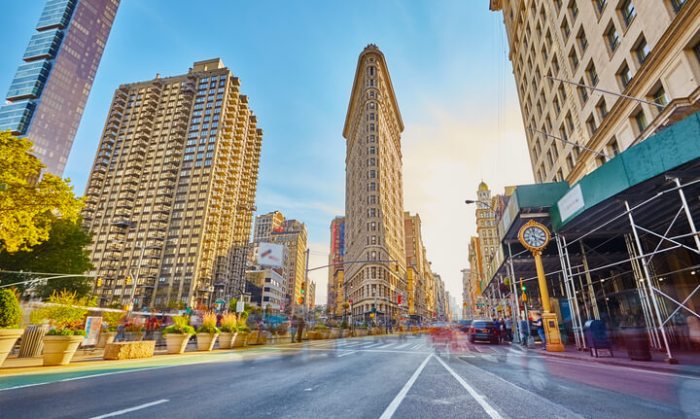As New York State’s attorney general, Andrew Cuomo joined then-Governor David Paterson in calling for the shutdown of the Indian Point nuclear power plant, located just upriver from New York City in Buchanan, N.Y.
Last month, representatives of now-Governor Cuomo met with Entergy, the plant’s operator, to reiterate even more strongly that, in no uncertain terms, Cuomo wants the plant taken offline.
Paving the way for Indian Point’s termination, the state Legislature last month passed legislation making it easier to site new nuclear plants, which conceivably might be needed to replace power lost by Indian Point’s closure. However, we think the better and safer course is to increase our reliance on clean, renewable sources — particularly wind power from Upstate and Canada.
No question, Indian Point is a major energy facility and it will be a serious challenge to replace its capacity. The plant provides about 25 percent of the electricity for New York City and Westchester. Mayor Bloomberg, making a break with Cuomo on the issue, has warned that pulling the plug on Indian Point would likely mean “enormous blackouts” for the city. Not surprisingly, energy industry types are issuing similar dire warnings.
Indian Point’s twin reactors are up for federal renewal in 2013 and 2015 for 20-year permits. However, the power plant needs a permit from New York State to use Hudson River water to cool its reactor cores.
In short, this nuclear facility is old and antiquated. More to the point, the Fukushima disaster in Japan in March frighteningly highlighted the great risks of nuclear power. Suffering both meltdowns and radioactive releases into the environment, Fukushima is the worst nuclear incident since Chernobyl.
Indian Point, though, is located far closer to a densely populated urban area. More than 17 million people live within 50 miles of it; New York City, with more than 8 million people, is just 32 miles away. The notion of an “evacuation plan” for New York City in event of an accident at Indian Point is ludicrous.
And, indeed, there have been numerous incidents at the plant, including leakage of the radioactive isotopes tritium and strontium-90 into the Hudson River, contamination of groundwater and, last year alone, voluntary venting of “mildly radioactive” steam, plus a transformer explosion.
In addition to threatening human life, Indian Point — with its leaks and heating of the river’s water — imperils wildlife, like the endangered, shortnose sturgeon, which dates back to the dinosaur era.
The Fukushima disaster was triggered by a massive earthquake and tsunami. Here, the Indian Point power plant sits just a mile south of the Ramapo Fault — a seismic zone discovered only in 2008.
Also, the reality is that Indian Point could always be a terrorist target. Entergy says the facility’s protective walls could withstand a 9/11-style jet strike — but does anyone really believe that?
The main argument against the plant’s closing is that the state’s power grid is inadequate to handle the extra electricity that would be needed from Upstate and Canada. Some estimates say it would take five years to beef up the grid — plus, Upstaters strongly oppose adding more transmission lines through their communities. But we need this for our state’s safety, so we no longer must rely on a terribly risky power source so near our nation’s largest and greatest city. Surely, the grid can be expanded in an expedited way due to the situation’s urgency.
Cuomo is right to call for Indian Point’s shutdown and we strongly support his pulling the plug.



































